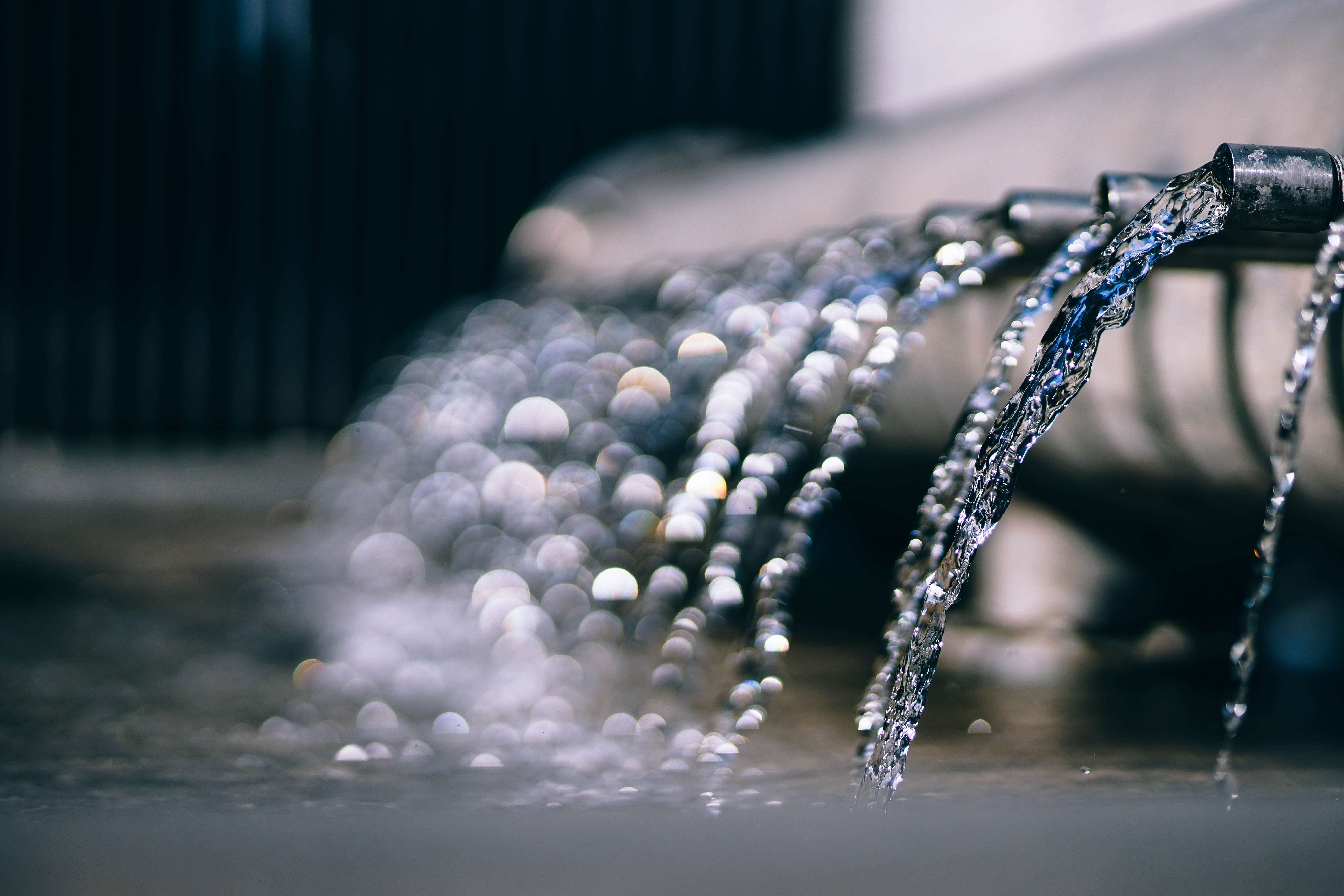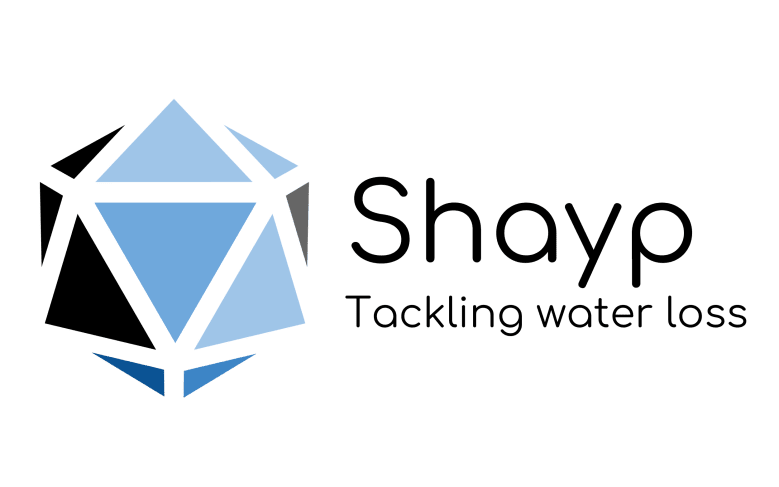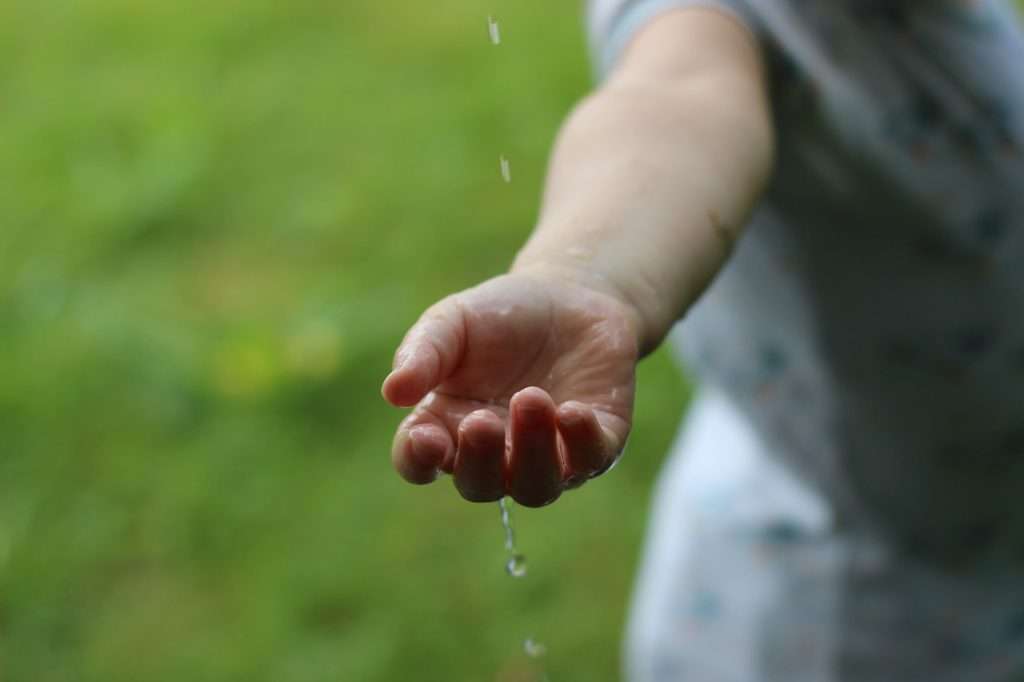
1. Calculate the monthly consumption differences with your manual readings
Unlike energy consumption, water consumption is much more sensitive to the occupancy rate of the building rather than to the number of m³ heated or occupied.
A ratio of water consumption to the estimated number of occupants is a good indicator for establishing an efficient water cadastre for all your buildings. Here are a few orders of magnitude for certain uses:
- Schools: 11 liters per day and per pupil
- Offices: 30 to 50 liters per day per employee
Don’t forget to take into account the seasonality of occupancy in your buildings. If you estimate that your occupancy rate is reduced by 50% or 90% during the summer break or holiday period, you should see your water consumption decrease almost proportionally.
If this is not the case, you can conclude that leaks constitute the major part of your consumption. So take advantage of these periods of homeworking and building vacancy to do your benchmarking.
However, be aware that this methodology has its limits: it will only be possible to identify significant consumption anomalies with excessive consumption of more than 55-70% with a delay of 1-6 months…
Given the uncertainty linked to the calculation, if your teams do not find a leak after one or two tries, it is possible that your diagnosis will be questioned. Use the following method (night time index readings) to confirm the presence of a leak in the building.
2. Night index reading for greater certainty
Index 2 – Index 1 / Time between two readings = Leakage rate in m3/h or L/h
It is also possible to visually observe the meter turning on the spot and make the following calculation for a complete rotation of the needle every liter :
• 1 complete turn in 1 minute: 60 L/h – 2365 €/year – leaking toilet
• 1 complete turn in 3 minutes: 20 L/h – 788 €/year – small flow
• 1 complete turn in 5 minutes: 12 L/h – 473 €/year – water net
• 1 complete turn in 12 minutes: 5 L/h – 197 €/year – drop by drop
This method reaches its limits in detecting toilet leaks where it can take long time to empty the bowl before refilling automatically. In addition, if the meter is rotated every 10 litres, some leakages will not be detectable with the naked eye using this method.
3. Automated monitoring to facilitate operations
If you are unable to solve the situation, call a water leak detection service. These services cost between 80€ -100€ /hour and can cover very large buildings in less than half a day.

4. Intelligent monitoring for unparalleled ease and reliability

